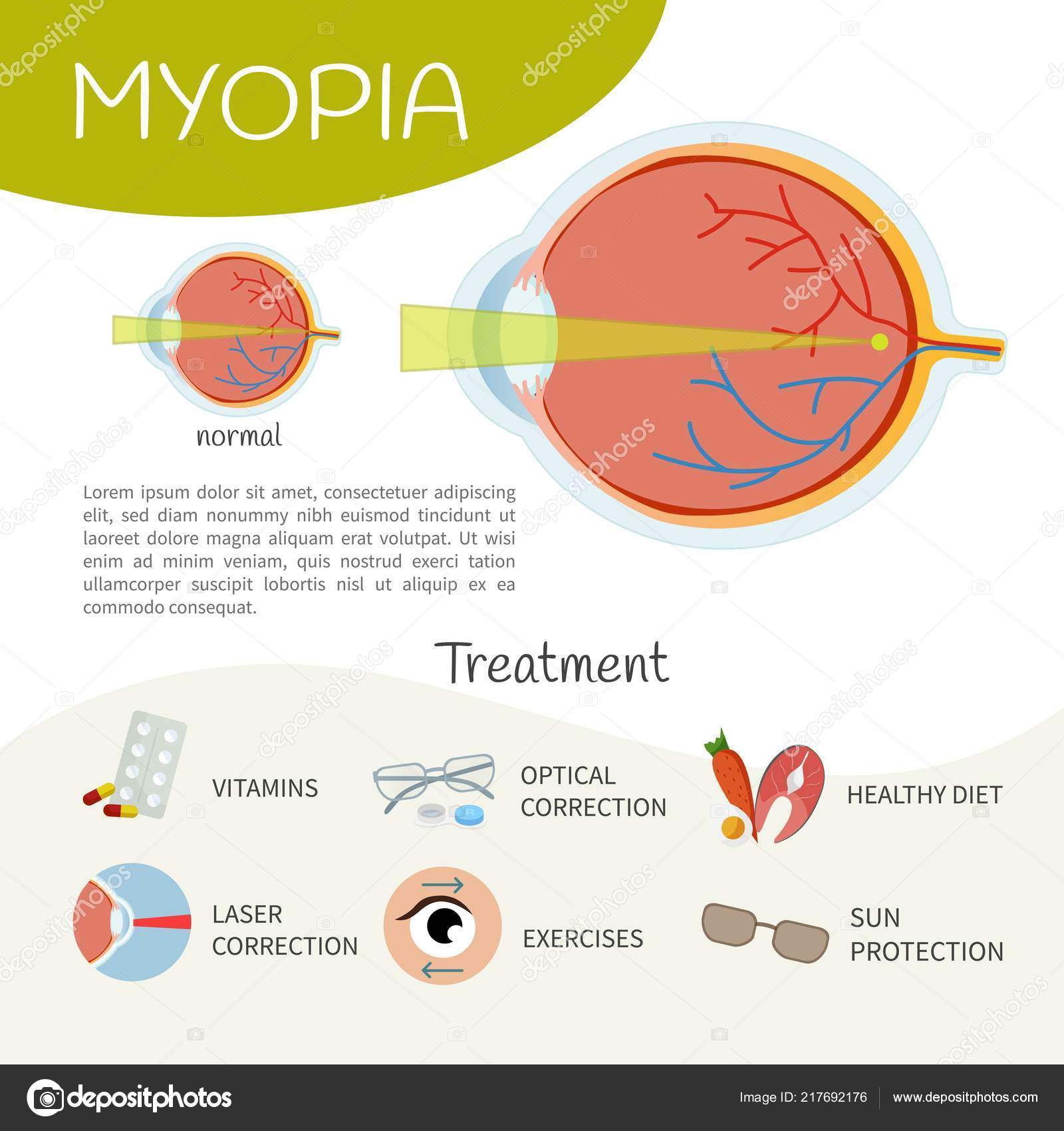The Comprehensive Guide To Refractive Lens Exchange: Crucial Information You Ought To Understand
The Comprehensive Guide To Refractive Lens Exchange: Crucial Information You Ought To Understand
Blog Article
Content Writer-Nissen Rodgers
If you're thinking about refractive lens exchange, you probably have a great deal of questions. Implantable Collamer Lens Correction could alter exactly how you see the globe, providing benefits like reduced dependence on glasses. However, it's vital to comprehend the process, dangers, and who certifies as an excellent prospect. Allow's explore these essential elements so you can make an educated decision regarding whether RLE is right for you.
What Is Refractive Lens Exchange and How Does It Work?
Refractive lens exchange (RLE) is a surgery developed to replace your eye's all-natural lens with a man-made one, correcting vision concerns like nearsightedness, farsightedness, or presbyopia.
During the procedure, your surgeon makes a tiny incision in the eye, removes your natural lens, and inserts an intraocular lens (IOL) tailored to your vision requires. This outpatient surgical procedure usually takes around 15 to half an hour per eye and is performed under local anesthetic.
You'll likely see improvements in your vision practically quickly, though complete healing might take a few weeks. RLE is specifically advantageous for those over 40 or with high prescriptions, offering a resilient solution compared to glasses or contact lenses.
Your eye treatment specialist can help determine if RLE is right for you.
What Are the Perks and Dangers of Refractive Lens Exchange?
Picking refractive lens exchange can result in significant improvements in your vision, yet it is very important to weigh both the advantages and risks prior to deciding.
On the plus side, this procedure can enhance your eyesight by correcting concerns like presbyopia, myopia, and hyperopia. https://www.webmd.com/eye-health/eye-health-retinal-detachment of clients appreciate decreased reliance on glasses or call lenses, which can significantly improve their quality of life.
However, it's important to think about possible dangers. Patient Resources can include infection, glow, or halos around lights.
There's additionally an opportunity of overcorrection or undercorrection, which might need extra treatments.
That Is a Perfect Candidate for Refractive Lens Exchange?
If you're considering refractive lens exchange, it's important to know whether you fit the account of a suitable candidate. Normally, you might be a good candidate if you're over 40, experience presbyopia, or have high degrees of nearsightedness or farsightedness.
It's likewise crucial that your vision is stable, indicating your prescription hasn't altered substantially in the past year. If you have cataracts or various other eye problems, you might benefit from this procedure also.
However, specific elements, like unchecked diabetic issues or autoimmune illness, could disqualify you. To establish your candidateship, speak with an eye care professional that can evaluate your certain circumstance and advise the very best course of action tailored to your needs.
Conclusion
In conclusion, refractive lens exchange can be a transformative option for enhancing your vision, particularly if you more than 40 or have a high prescription. While the benefits are substantial, it's important to consider the dangers and seek advice from your eye treatment professional to establish if you're an ideal candidate. With the appropriate info and assistance, you can make an informed choice and potentially appreciate a life with reduced dependence on glasses.
